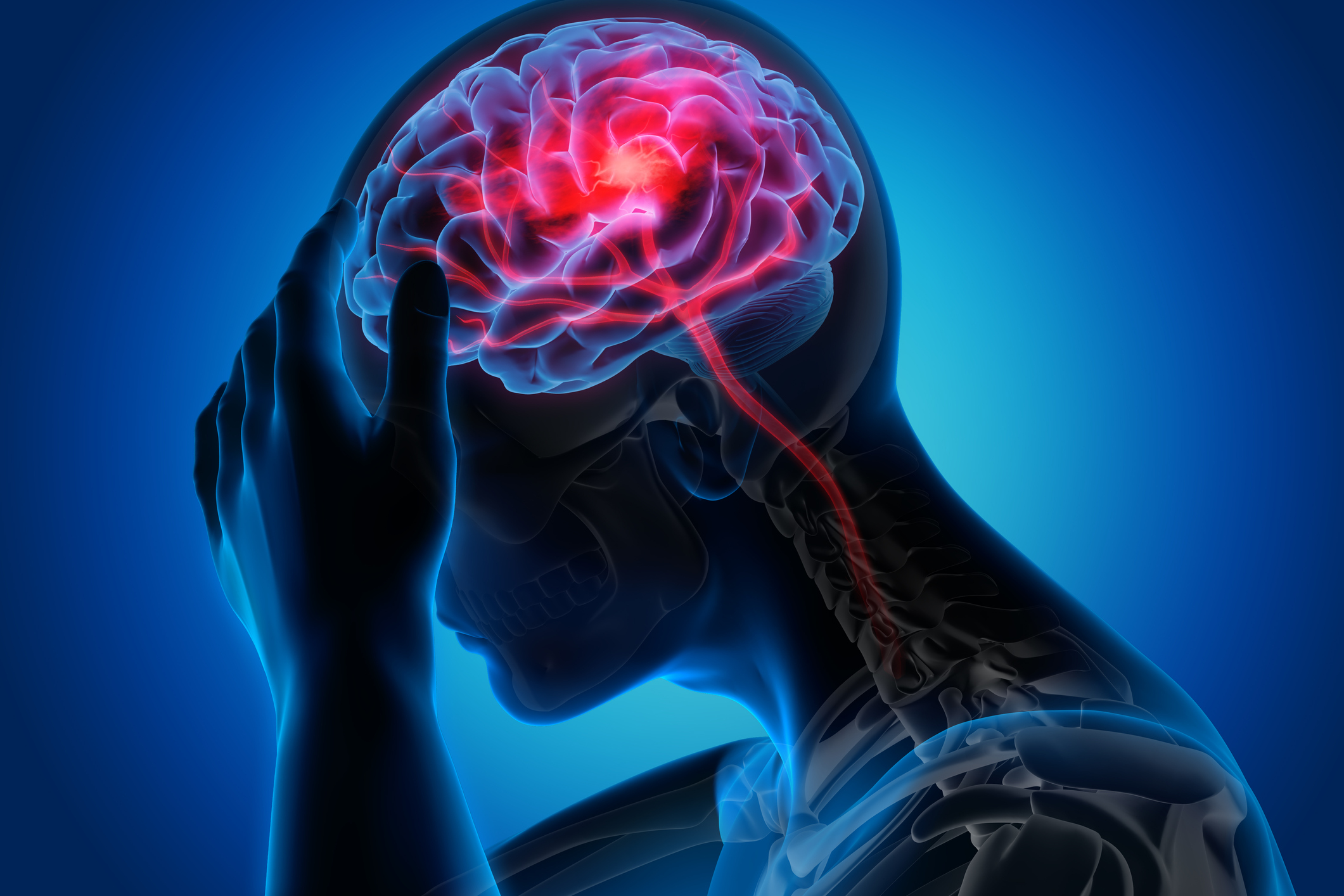As cooler days arrive and more people gather indoors in numbers for school, work or other social activities, a second wave of the novel coronavirus may soon be upon many communities. While many believe because they are not over 65 or don’t have any underlying health conditions they are relatively safe from serious illness due to COVID-19 infection, a new study may be a strong wake-up call.
According to a recent CTV News report, a new Western University, London, Ontario study published in the journal Neurology, found that among younger COVID-19 patients, in 50 percent of cases, a stroke was the first symptom of the disease. Researchers collected data on 160 stroke patients with COVID-19. 29 of the study participants were under the age of 50 and 45 percent had no risk factors for complications from coronavirus infection.
For half of the younger COVID-19 patients who participated in the study, there were no other symptoms of coronavirus before they suffered a stroke. Because stroke patients who have COVID-19 are at much greater risk for dying, researchers stress the importance of testing all stroke patients for COVID-19. Compared with stroke patients without coronavirus who have a mortality rate of 15 to 30 percent while in the Intensive Care Unit, up to 45 percent of COVID-19 positive stroke patients don’t live.
The story is worse for stroke patients with COVID-19 and an underlying health condition such as diabetes, obesity, or high blood pressure, who have a mortality rate of 58 percent. Researchers believe that COVID-19 may lead to a different kind of stroke, triggering inflammation, and potentially causing blood clots to form in the lungs, heart, or legs. If these clots move to the brain, the result is an ischemic stroke that cuts off blood flow to the brain.
Stroke is a leading cause of serious disability in North America and can lead to mobility problems, difficulty speaking, and a loss of independence. If you or a loved one notice any warning signs for stroke – face drooping or numbness on one side, arm weakness or numbness, confusion, trouble speaking, vision loss, or difficulty walking – seek medical attention immediately. Hospital emergency rooms are well equipped to handle medical emergencies like strokes or heart attacks during the pandemic with safety protocols and staff training.
Learn more about the warning signs and symptoms of a stroke by following this link to the American Stroke Association website.






Add Your Voice
0 Comments
Join the Discussion